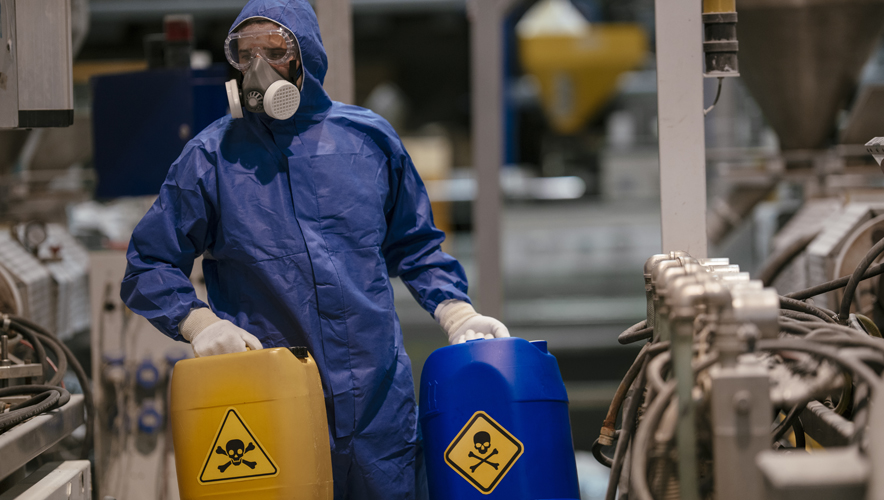Editor's Note: Human Problems
By the 1970s, governments around the world knew they had a nuclear waste problem. Dangerous radioactive byproducts from power plants and weapons programs could take tens of thousands of years to be rendered harmless.
In his new book, Underland: A Deep Time Journey, Robert Macfarlane notes that the most dangerous items—spent fuel rods from reactors—require the most secure disposal. Belgium and Finland are pursuing underground storage for such materials. U.S. officials have decided to expand an existing site—the Waste Isolation Pilot Plant (WIPP)—in the Nevada desert.
Scientists must now grapple with communicating danger to people living in a far-distant future. “How to mark this site? How to tell whatever beings will come to this desert place that what is kept in this rock sarcophagus is desperately harmful, is not of value, must never be disturbed?” Macfarlane asks.
To answer this question, the U.S. Department of Energy founded a Human Interference Task Force of professionals from a variety of backgrounds and charged them with devising a marker for the site, writes Macfarlane. Some proposed warnings take the form of “hostile architecture,” such as 50-foot concrete pillars decorated with sharp spikes or a mass of black material that would absorb solar energy and become dangerously hot. “The panel members realized, however, that such aggressive structures might act as enticements rather than cautions, suggesting ‘Here be treasure’ rather than ‘Here be dragons,’” writes Macfarlane.
Other ideas, from horrified human faces carved into stone, to pictograms signifying danger, to an instrument that causes the wind to make a frightening sound, all encountered opposition. None of these signifiers could be counted on to convey the same meaning thousands of years in the future.
In an article for VICE, Samuel Gilbert spoke to one member of the team, Jon Lomberg, an artist who helped design the Voyager Golden Record, about the meaning of the team’s work. Lomberg said that scientists “believed they had solved the technical problem. We were there to solve the human one.”
Security professionals face a similar dilemma when dealing with crises. Security has the tools and technology to gather information, assess it, and communicate it to those in danger. However, there is the human problem as addressed by Sarah J. Powell in this month’s cover story. She discusses how people respond to pressure, sleep deprivation, and stress, exploring how training and employee support programs can help prepare a crisis team for the worst.
The WIPP is due to be sealed in 2038 so the race is on to find a suitable symbol to protect the site. One of the most recent ideas, according to Macfarlane, is to institute programs to pass the information on through an “active communication system…allowing retellings and adaptations to occur across generations.”
Security professionals need similar communication systems to adjust expectations and provide stress relief for employees as situations evolve.
